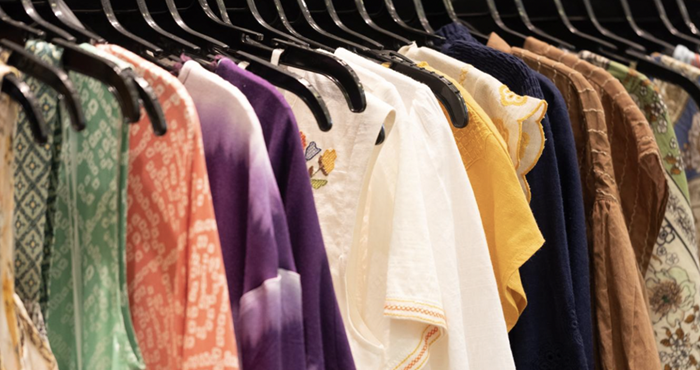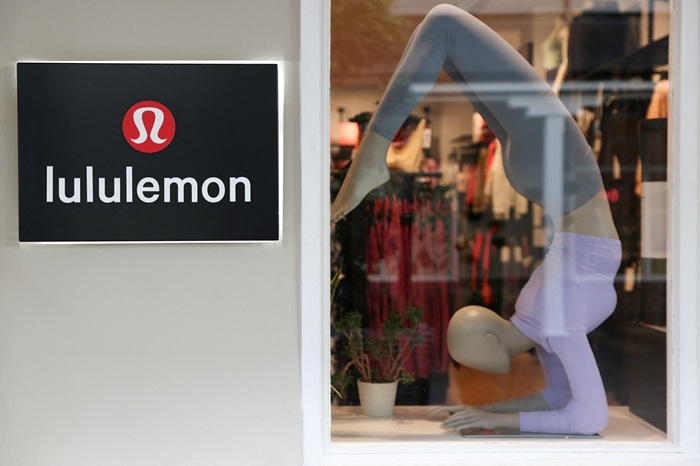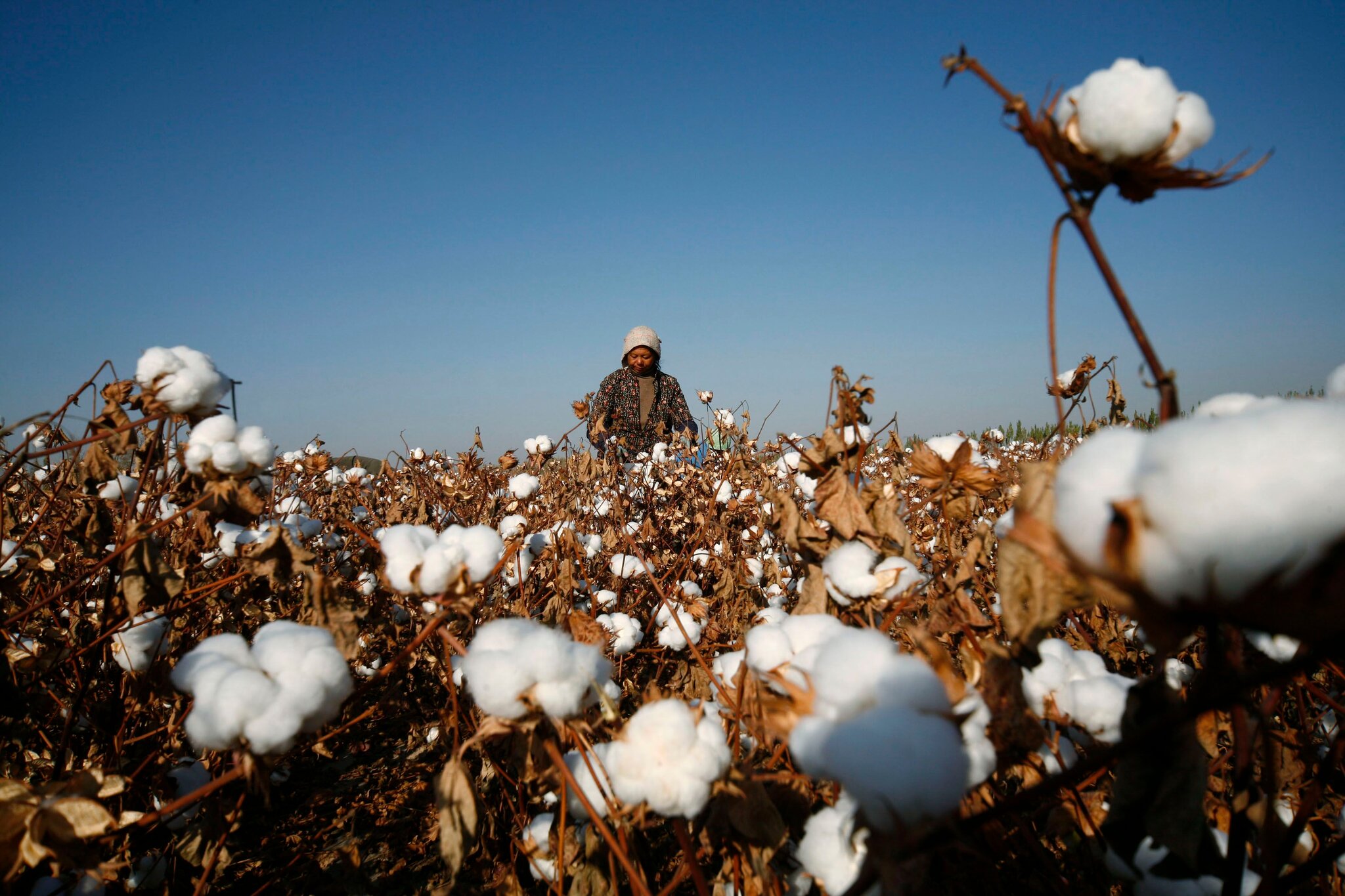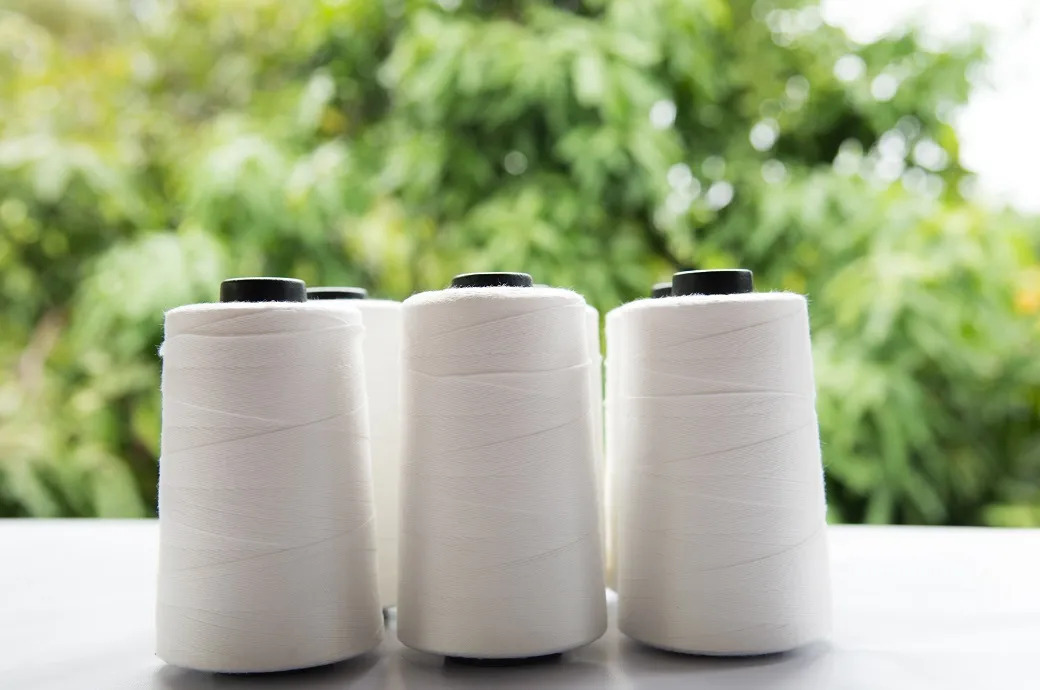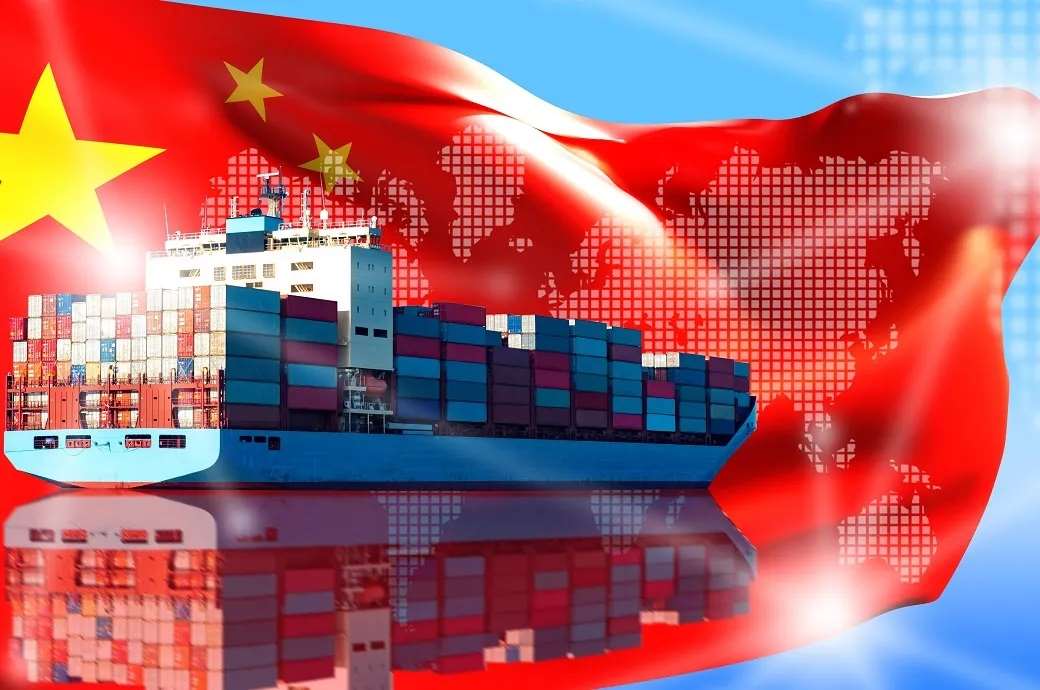
While China’s of textile and apparel sector’s export prowess is formidable, now there is a growing focus within the industry towards the domestic market. This isn't merely a reaction to external pressures, but a calculated move to capitalize on its own evolving consumption patterns.
The pressures at work
On major factor is that China's manufacturing wages have steadily increased, eroding its competitive edge in labor-intensive industries like textiles. As per the National Bureau of Statistics of China, the average annual wage of manufacturing employees in urban areas reached approximately 101,598 yuan in 2022. Also, the US-China trade war that led to the US introducing 20 per cent tariff hike on Chinese goods, too has accelerated the need for diversification. And the ‘China+1’ strategy adopted by many global retailers have prompted a diversification of sourcing away from China. And the recent global economic uncertainties have dampened consumer spending in many export markets, impacting Chinese T&A exports. In fact, China's export growth has shown signs of strain. As per report China's exports grew 2.3 per cent year on year during the first two months of 2025, a significant fall compared to the 10.7 per cent growth recorded in December. This reinforces the need for alternative markets. The reported pressure from US retailers like Walmart, "pressuring its Chinese suppliers to lower their prices to offset the impact of higher tariffs," further reveals the challenges faced by Chinese exporters.
However, China's domestic market presents a compelling counter-narrative. The country’s middle class, estimated at over 400 million, is driving a domestic consumption growth. As per the National Bureau of Statistics of China’s per capita disposable income reached 36,883 yuan in 2022. This growing purchasing power has led to an increase in demand for higher-quality, branded apparel. China's domestic retail sales have shown resilience. Recent stats show China's retail sales rose 4 per cent year on year in the first two months of 2025, beating market expectations. This positive trend reinforces the potential of the domestic market.
Table: China’s domestic retail sales growth
|
Year |
Retail sales of clothing, footwear, headgear, knitwear (bn Yuan) |
Growth rate (%) |
|
2018 |
1370.7 |
8 |
|
2019 |
1347.1 |
-1.7 |
|
2020 |
1237.9 |
-8.1 |
|
2021 |
1398.2 |
13 |
|
2022 |
1338.4 |
-4.3 |
|
2025 (Jan/Feb) |
A 4% rise in total domestic retail sales, |
4% (total retail sales) |
(Source: National Bureau of Statistics of China, SCMP)
And China's e-commerce ecosystem too is highly developed, providing a seamless platform for T&A brands to reach consumers across the country. Platforms like Alibaba's Taobao and Tmall, and Pinduoduo, have revolutionized retail. Moreover there is a growing trend of ‘Brand Nationalism’ that is national pride is driving demand for domestic brands. Chinese consumers are increasingly favoring products that reflect their cultural identity. For example, Li-Ning, a domestic sportswear brand, exemplifies the success of leveraging the ‘Guochao’ trend. By incorporating traditional Chinese design elements and embracing a youthful, street-style aesthetic, Li-Ning has resonated with a new generation of consumers. Their focus on domestic marketing and e-commerce has resulted in significant revenue growth.
Chinese government’s interventions
In response to the exports slowdown, reports suggest Chinese government, through the Ministry of Commerce, is actively planning to roll out measures to help foreign trade firms expand into the domestic market. Another step is integrating domestic and foreign trade and supporting export firms in expanding their local sales will be a long-term strategy, rather than a temporary response to external shocks.
The Ministry of Commerce too has taken several initiatives. To facilitate the transition, the ministry plans to host exhibitions across the country to advise exporters on adapting their sales channels and product standards for the domestic market. This approach aims to bridge the gap between export-oriented businesses and the domestic consumer. The government's broader strategy to push domestic demand, includes plans to boost consumption, which covers everything from reducing childcare costs to stabilising the property and stock markets, provides a supportive environment for T&A companies targeting the domestic market.
However, while the government is taking positive steps adapting to domestic preferences and switching to selling domestically for China's exporters brings a host of challenges, including adapting to different consumer preferences, payment systems and regulatory regimes. Moreover, pushing domestic sales in place of exports isn't just about offloading unsold good. It's involves bringing high-quality foreign trade products to the domestic market. This requires a fundamental shift in strategy.
The bottomline is the shift is not merely a reactive measure, but a strategic long-term vision. The need to adapt to the domestic market's unique demands, invest in brand building, and leverage e-commerce remains is crucial. By embracing these changes, Chinese T&A companies can forge a sustainable future in a dynamic and evolving market.


